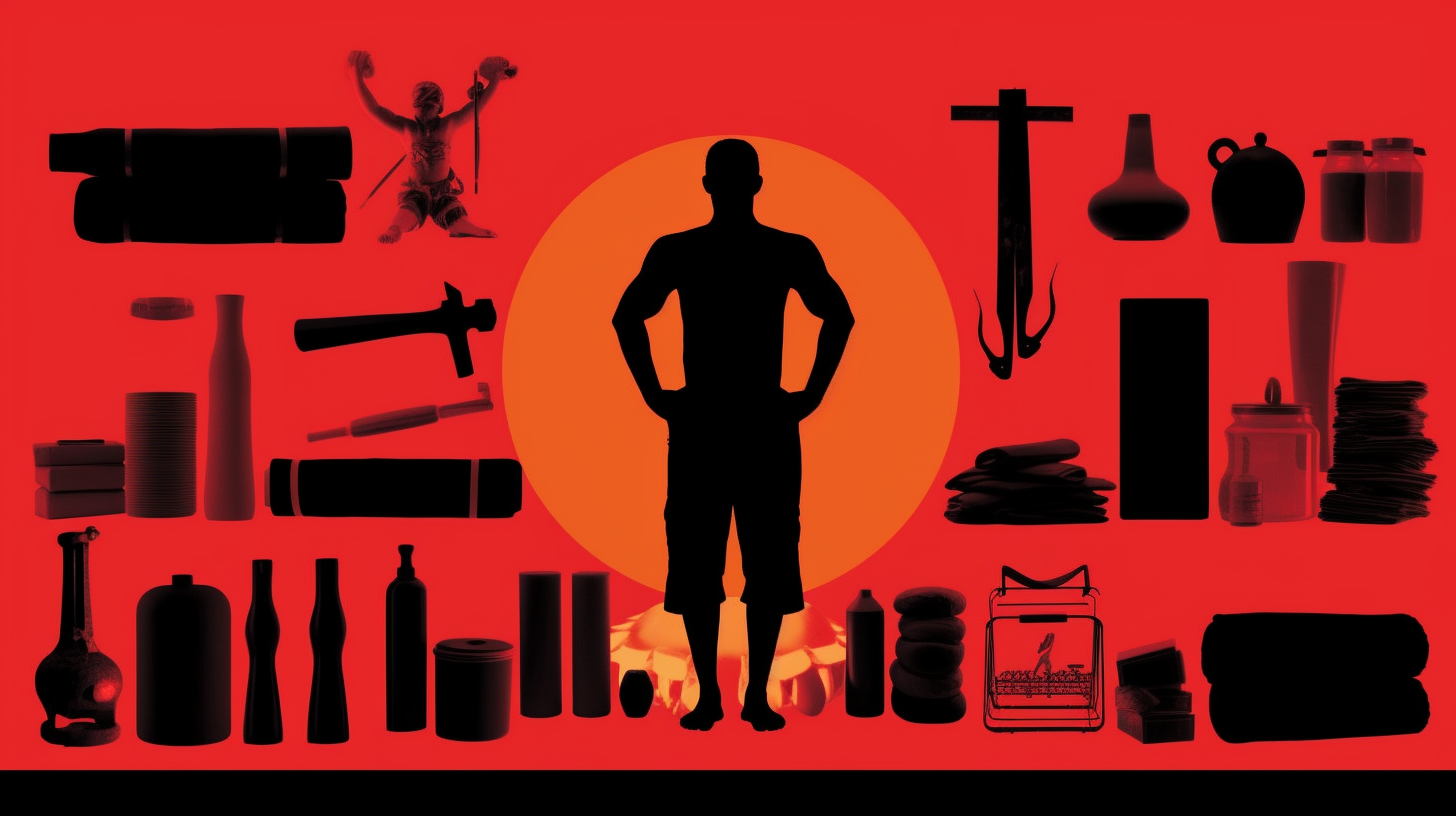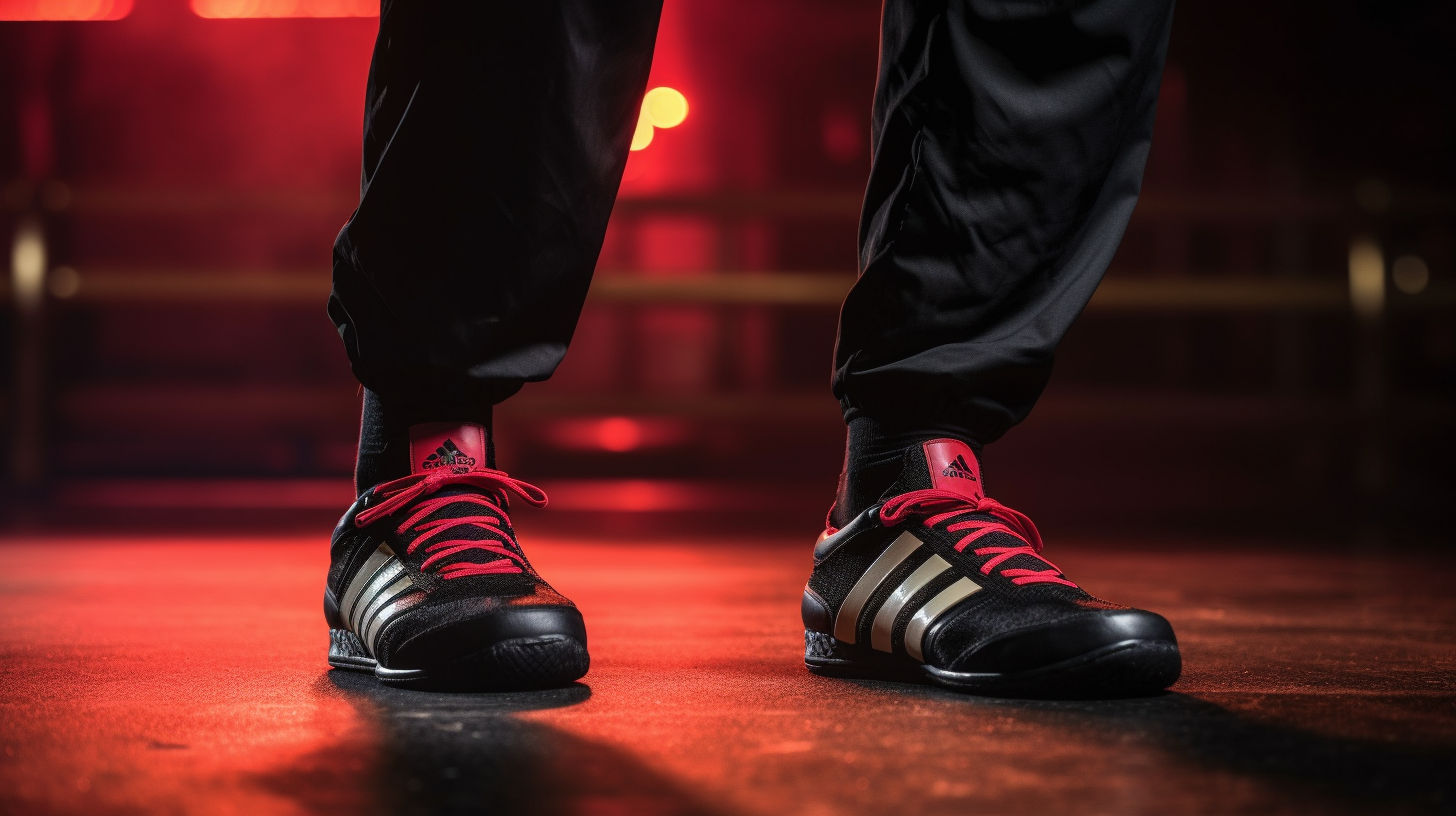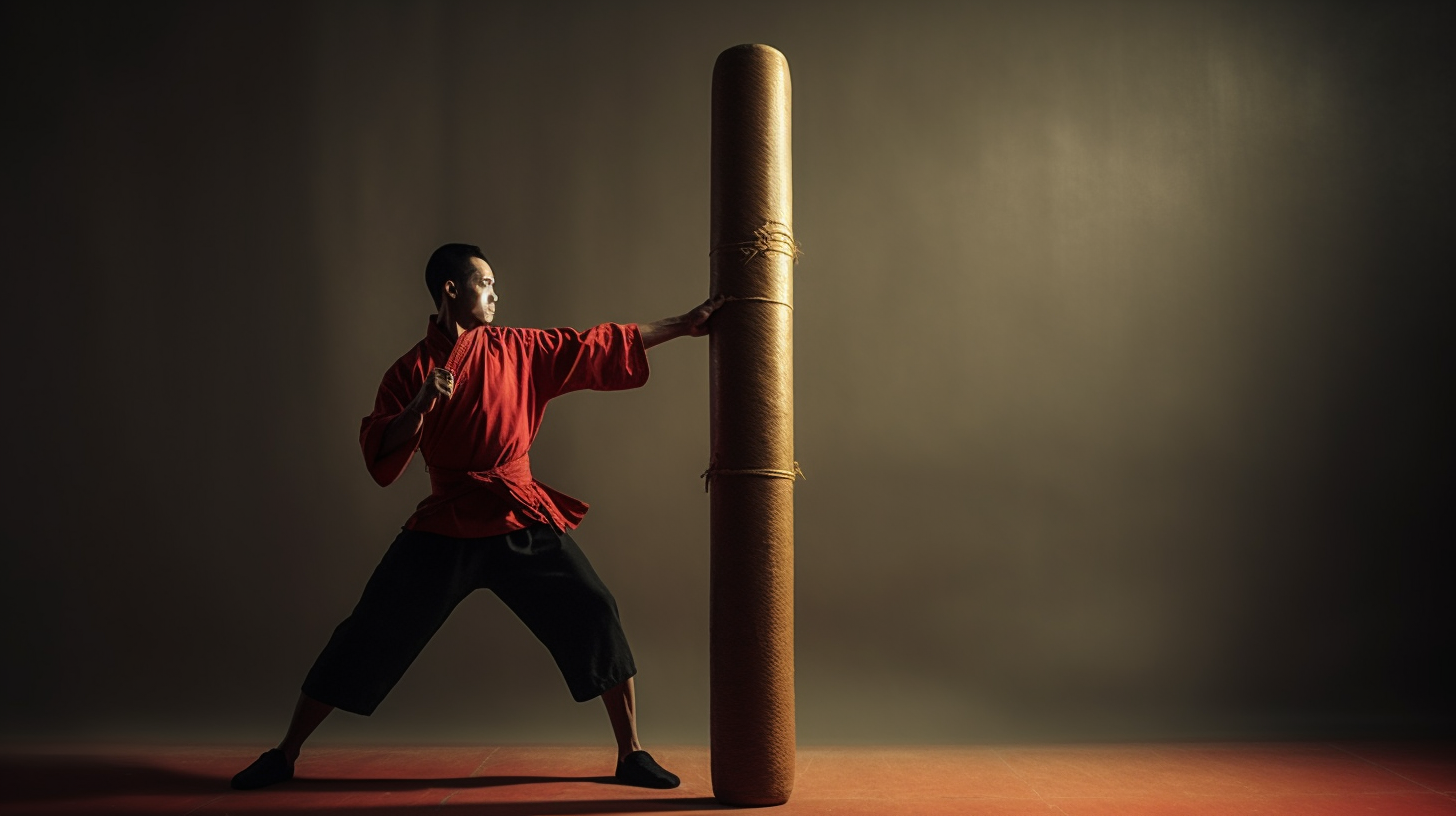Are you interested in learning Kung Fu but don’t have the time or resources to attend a traditional martial arts school? You can still learn the basics of Kung Fu from the comfort of your own home with the right resources and equipment!
In this article, we’ll discuss how you can get started learning Kung Fu at home, including virtual classes, online courses, punches, kicks, blocks and more. We’ll also cover topics such as stances and forms, equipment and safety tips as well as advanced techniques.
With dedication and commitment you can master this ancient art form in just six months — all without ever leaving your house!
Basics and Expectations
Learning Kung Fu at home can be an incredible journey, but it’s important to know the basics and expectations before you get started!
Firstly, it is possible to teach yourself Kung Fu even without a partner or instructor. However, virtual classes with an instructor that can see you are the best way to learn.
You should also make sure you have enough space for training and invest in some mats for safe training.
Additionally, it will take at least six months of practice two to three times per week to learn the basics of Kung Fu. And though mastering this martial art may take upwards of a decade if practiced alone, those who are serious never stop learning – Kaizen is all about trying to improve continuously!
Lastly, eventually transferring your skills from home to a dojo is recommended if you want to complete your training and become a master of Kung Fu.
Resources and Training
You can easily access instructional videos and online courses to enhance your martial arts training at home. There are tons of resources available, including: courses to learn the basics or advance your knowledge of a particular style of Kung Fu; YouTube videos with demonstrations from experienced practitioners; and websites, blogs, and podcasts offering advice on how to improve technique or explore new styles.
Virtual classes offer the best experience for seeing techniques demonstrated, and having an instructor who can see you in return is invaluable. Additionally, there are many sorts of foldable mats that can be used in the safety and comfort of your own home, so you don’t have to worry about injury while practicing.
BalanceFrom mats on Amazon are recommended not only for their affordability but also because they fold away nicely when not in use. Practicing regularly, following proper form, and incorporating Kaizen into your training will ultimately help you reach your goals faster!
Stances and Forms
Mastering powerful stances and forms is the key to unlocking your full martial arts potential! Before you get started with Kung Fu moves, it’s important to become more flexible. To do this, you can try basic exercises like stretching or yoga. This will help make your body more supple and strong, allowing for a smooth transition into learning the stances of Kung Fu.
The most essential stances in Kung Fu include Horse Stance, Tiger Stance, Bow & Arrow Stance, Lotus Stance, Rooster Stance, and Empty Stance. Once these basics are mastered you can move on to forms like Punch and Toe Kick, Windmill Fisted Block, Palm Block Double Chop Palm Strike Toe Kick Hook Punch Side Kick. These forms are a series of movements performed in order that can be both martial and dance-like. Hence why they should be practiced with precision and accuracy – each movement needs to flow seamlessly into the next one for best results!
It’s also important to practice punching blocking kicking on a punching bag as part of your training regimen. Additionally techniques such as dragon tiger leopard should be learned along with flying like a crane. With dedication to perfecting these techniques from the comfort of home through virtual classes online courses or YouTube videos, you’ll soon be able to call yourself an adept practitioner!
Equipment and Safety
To practice Kung Fu safely and effectively at home, it’s essential to have the proper equipment.
Mats are a must for any martial arts training, as they’ll provide cushioning for your body as you practice various stances and movements. Martial arts mats from BalanceFrom on Amazon offer comfortable padding that can be folded away when you’re done with your workout.
It’s also important to clear out a room or section of a room so there’s enough space for your training. You’ll need enough room to perform punches, kicks, blocks, and other forms without hitting anything in the process.
Next up is finding an appropriate punching bag and stand that won’t break down over time due to wear and tear from punches and kicks. A durable punching bag made of leather or canvas provides excellent resistance while still being able to absorb all the impact generated by strikes during training.
Safety gear such as gloves, shin guards, headgear, mouthguards, and groin protectors should also be used whenever necessary during sparring sessions or heavy contact drills.
Finally, having a water bottle handy is essential since Kung Fu is an intense exercise that requires lots of energy – making sure you stay hydrated helps keep your focus on learning correctly rather than worrying about dehydration!
Advanced Techniques
Once you’ve gotten comfortable with the basics, it’s time to step up your game and start mastering more advanced techniques! Learning Kung Fu at home requires practice and dedication to perfecting form. It’s important to stay motivated and keep pushing yourself. To help you do so, here are some advanced techniques that you can begin practicing:
- Approaching Techniques:
- Dragon – A powerful attack using the arms and legs together.
- Tiger – A defensive technique used to block an opponent’s strike while also attacking them simultaneously.
- Leopard – An aggressive technique which focuses on speed and agility for quick strikes and blocks.
- Flying Crane – Using jumps, kicks, sweeps, and other acrobatic movements in order to achieve a higher level of martial arts mastery.
- Forms:
- Punch & Toe Kick – Two punches followed by a kick from one side then back again on the other side with a double punch ending with a toe kick.
- Windmill – Combination of moves including punches, kicks, elbows, and knees that result in circular motion resembling the windmill blades’ movement.
- Fisted Block – Blocks incoming attacks by bringing both fists up in front of the face or chest while leaning forward slightly.
- Stances:
- Horse Stance – Standing position with feet shoulder-width apart or slightly wider while bending one knee keeping both feet flat on the floor; helps build strength in lower body muscles such as thighs, calves, glutes, etc., as well as increase balance control when shifting weight from foot to foot during combat situations or practices forms/sets.
- Tiger Stance – Squatting stance where one leg is bent forward while keeping both knees pointed outwards; increases power output when punching/kicking due to strong lower body muscle activation; also improves stability during fight sequences by allowing the fighter greater mobility when shifting weight between feet quickly without compromising ground contact for support (i.e., transitioning stances).
Practicing these approaches will help improve your defense skills as well as offensive capabilities needed for success in Kung Fu training at home!
Conclusion
You can do it! Learning Kung Fu at home is possible with the right resources and commitment.
Start by gathering equipment such as mats and practice dummies, and explore virtual classes or online courses to get the basics down.
Move on to stances, forms, punches, kicks, and blocks. Remember to stay safe by wearing protective gear when necessary.
With time and dedication, you’ll be able to master this art form from the comfort of your own home. So don’t wait any longer—grab some gear and get started! You won’t regret it!



